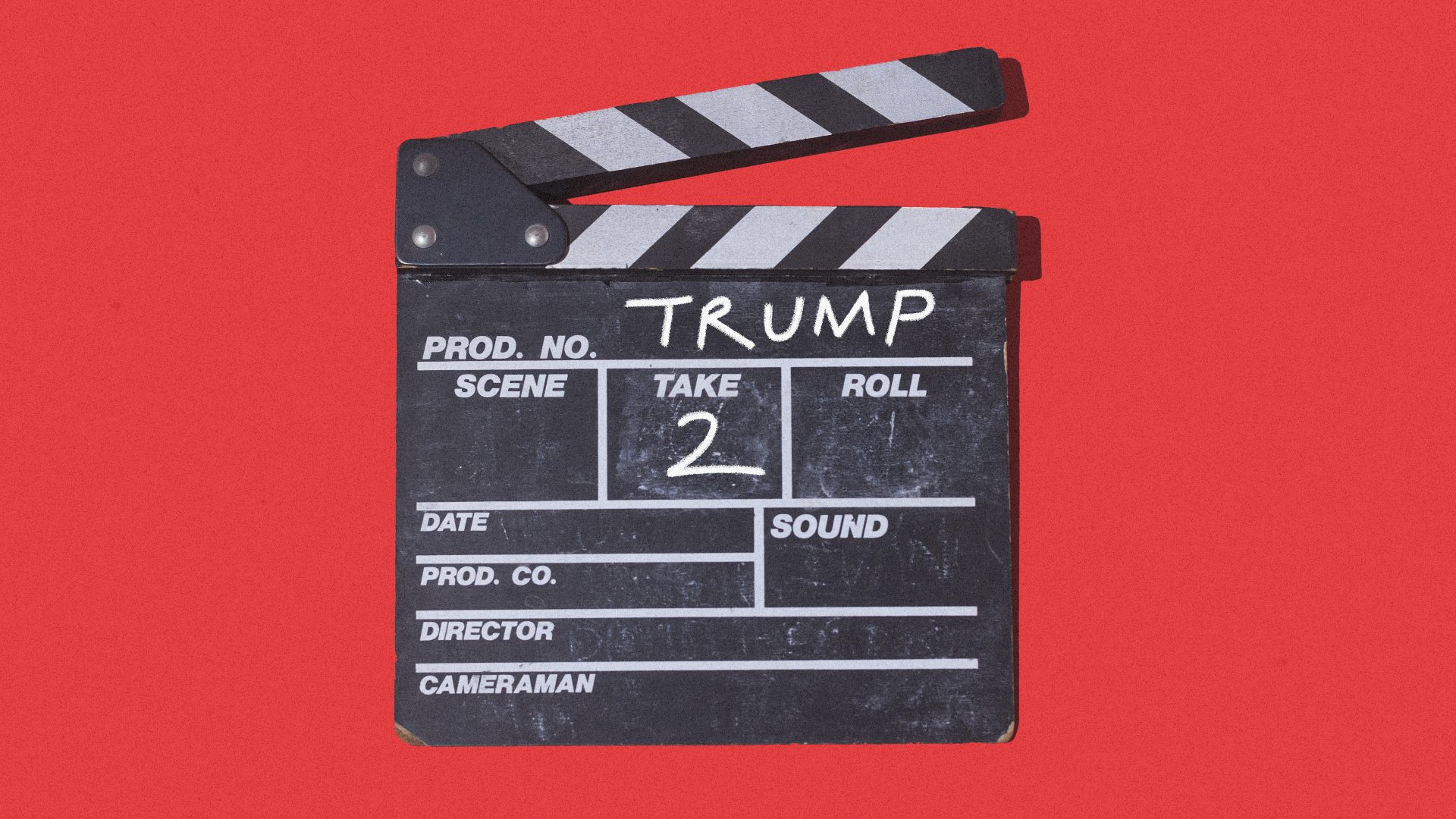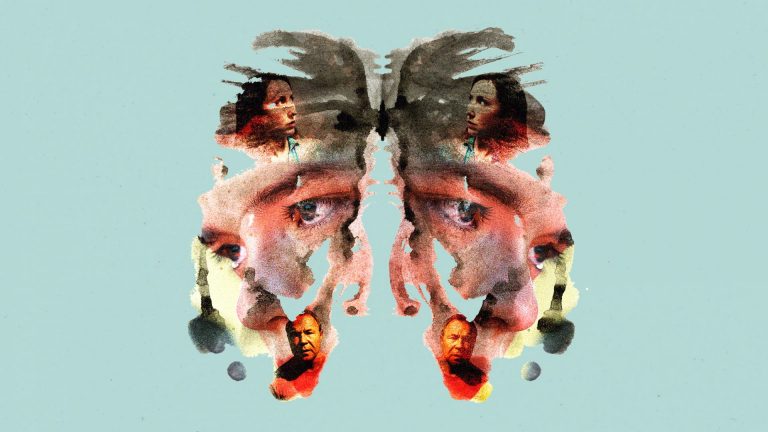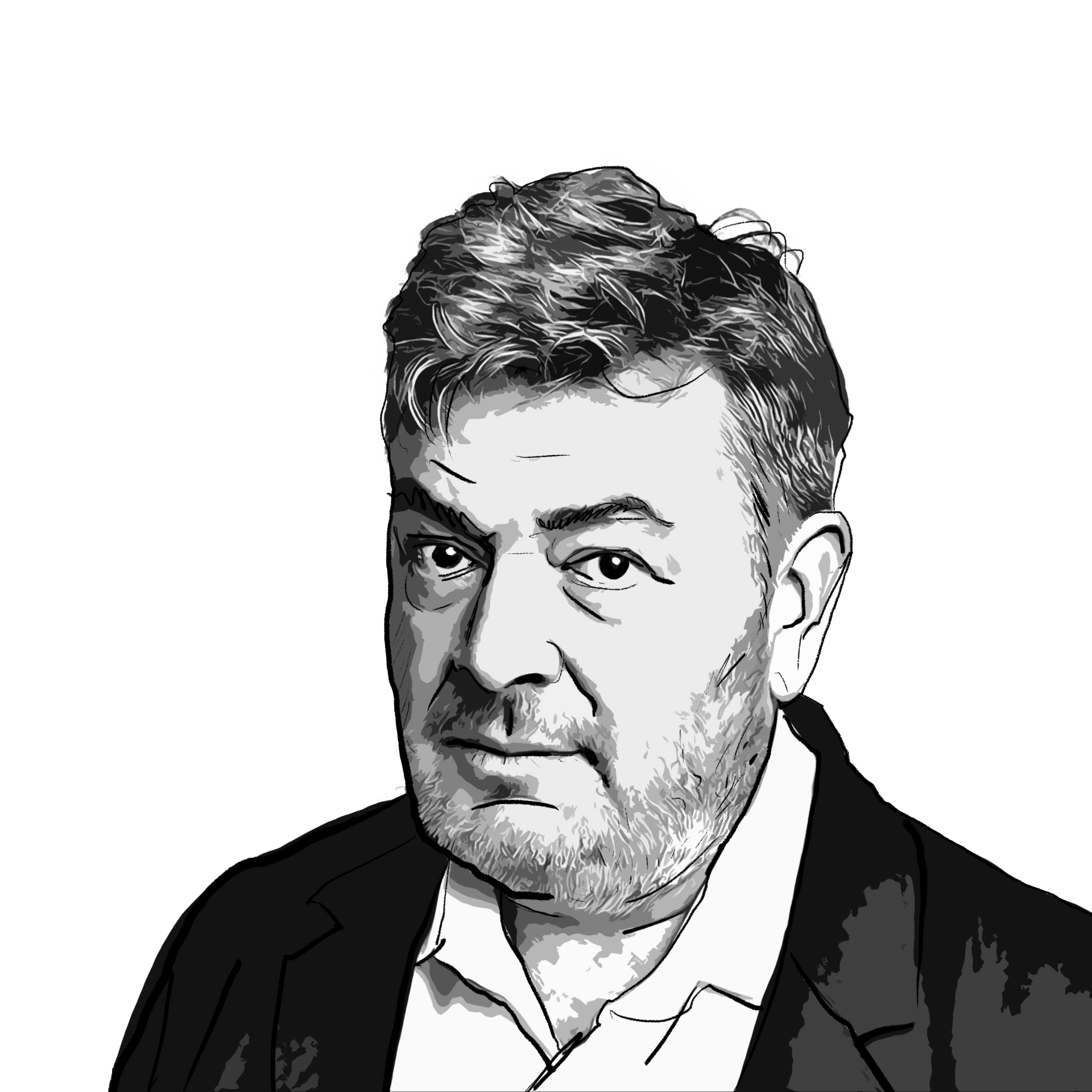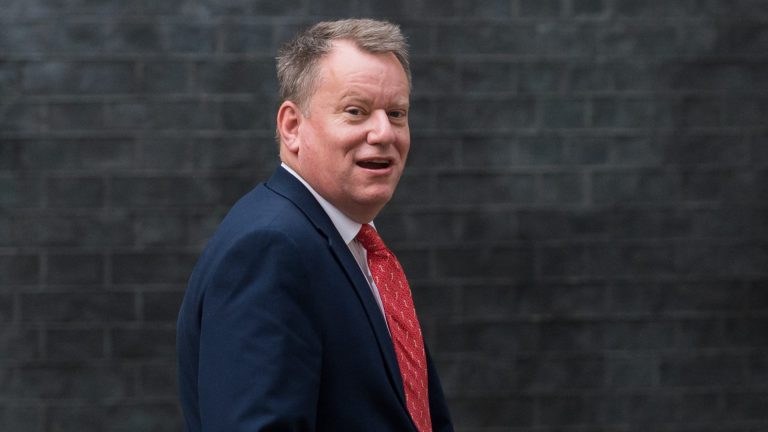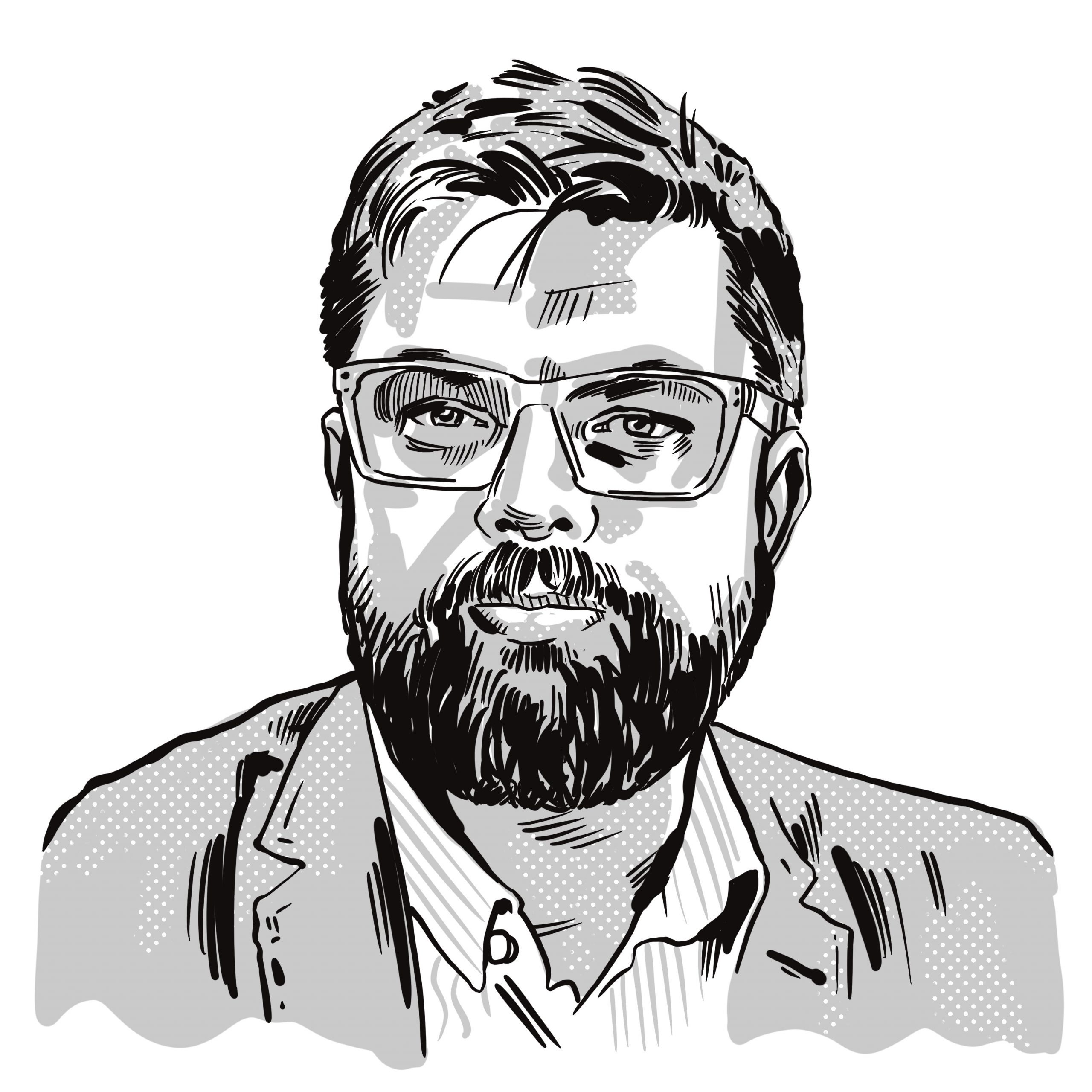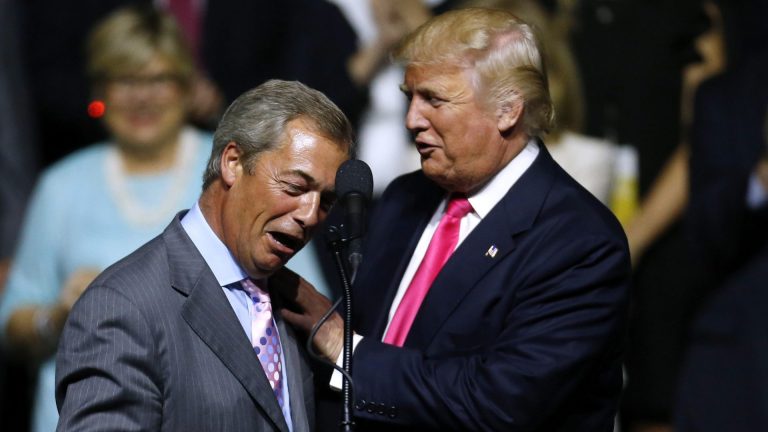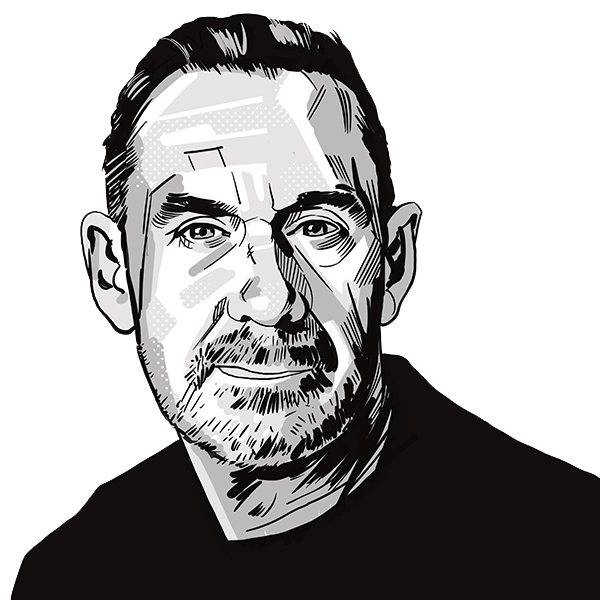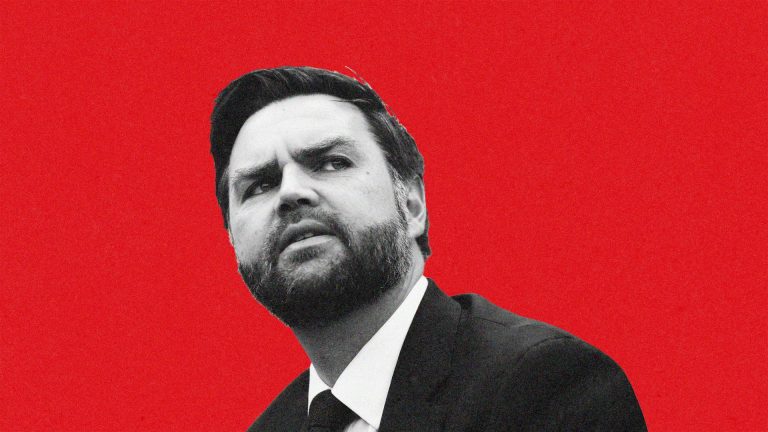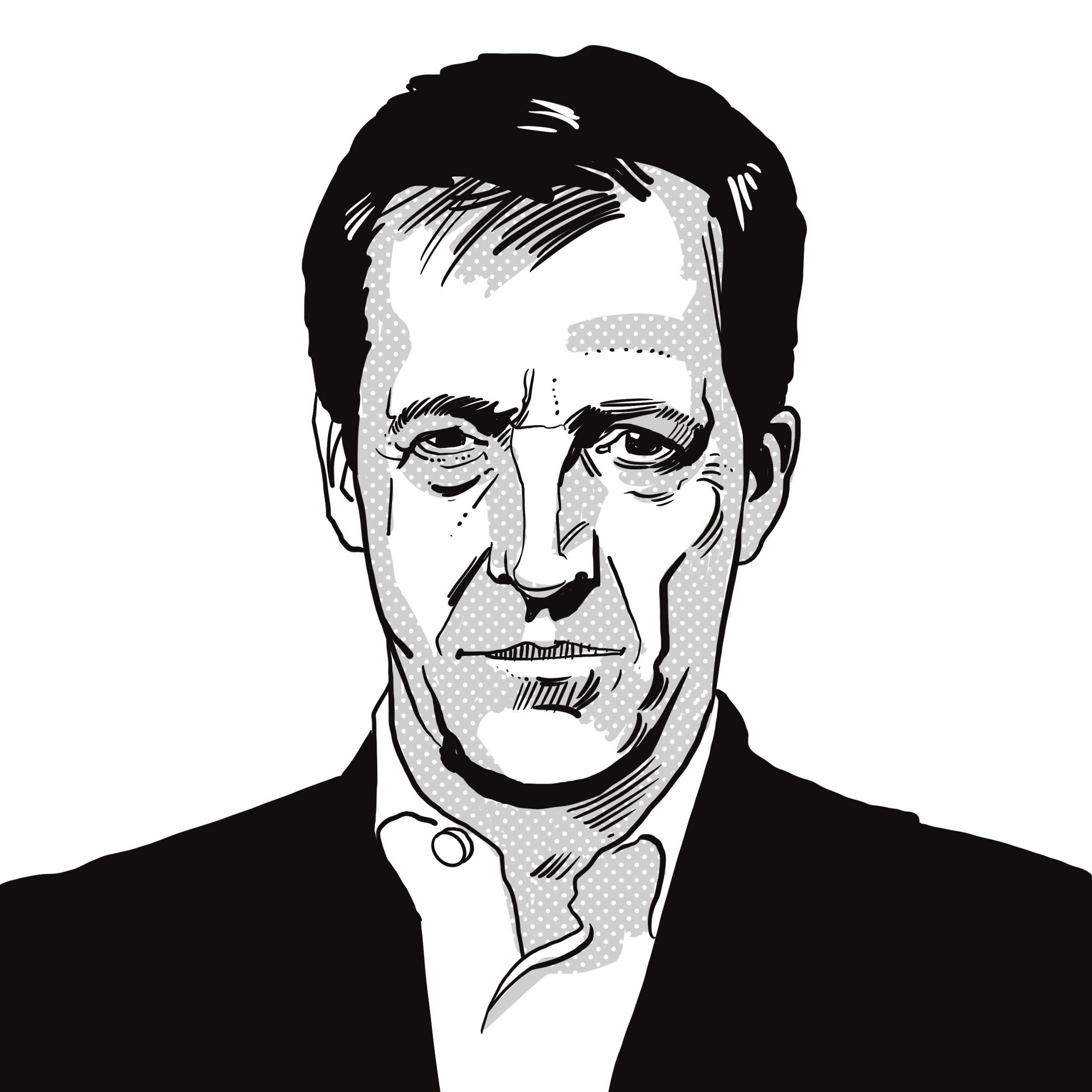Throughout President Trump’s first administration, the same question resurfaced at virtually every roundtable on US democracy. Was Donald Trump a symptom of grievance and change in US democracy or a cause of them? Most people concluded he was a symptom of grievances, especially those of white working class men, but also of Americans tired of being responsible for the rest of the world.
At the beginning of Trump’s second term, there can be little doubt that Trump is far more than a symptom – he is also set to be a game-changer for US democracy and its global role.
Today the question is not “why Trump?” Instead we are mired in a comparison of Trump to himself. What is the difference between Trump 2.0 and Trump 1.0? In fact there are many.
The most obvious difference is preparation. When Trump was elected the first time, he was caught off guard. His cabinet reflected this. Many of them were not especially loyal to the president, and did not share his views on policy. Today, Trump’s top team are ideologically diverse, but they are united by their loyalty to the president and they are prepared.
The technology billionaires that back the president bear little resemblance to the MAGA wing of his party. This group are key to the president’s economic success and reassuring to America’s business class who also hope to see tax cuts and deregulation.
Trump’s MAGA agenda is different today. It is backed by the force of preparation (read Project 2025) and the urgency of a second term president. At home this means rooting out “Wokeism” from across US government. Within days, the president brought a halt to diversity, equity, and inclusion initiatives and the government workers associated with them were sent home.
It also means excising Washington of the “deep state” of permanent bureaucrats so that the president can execute his agenda. In just two weeks, Trump’s team stopped almost all foreign assistance and the USAID website quickly disappeared. They have shuttered diversity programs and rooted out civil servants deemed insufficiently loyal to the president.
Some things look the same as last time but carry far more force. Tariffs remain Trump’s favoured economic instrument. But they are being used to deliver a far broader agenda, not only to fix America’s bilateral trade deficits. The first threat of tariffs was to coerce Colombia to accept US airforce planes returning illegal migrants. He threatened tariffs of 25% against Canada and Mexico, but then “paused” them. Their apparent goal was to stop fentanyl and immigrants from crossing the border into the US. China faces 10% tariffs. The prospect that Europe will be punished with tariffs to force their hand on defence spending looms large.
Trump’s ambition to assert US dominance in the Western hemisphere is also new. His gambit to seize territory is another break from his first term. Powerful states have often encroached on the sovereignty of weaker states. But not usually friendly states with friendly governments, and not usually in times of peace.
Trump’s bids on the Panama Canal and on Greenland seems to be a harbinger of the 19th century. But it should not be dismissed. In fact it is far more likely a sign that Trump has clear ambitions for the US’s geopolitical power in the 21st century.
Trump 2.0 is more determined, and more prepared. Trump is both symptom and cause, and he is going for broke. The world needs to prepare.
Dr Leslie Vinjamuri is director, US and Americas Programme, Chatham House, Royal Institute of International Affairs and Professor of International Relations, SOAS University of London
READ MORE: Trump is no isolationist by Dr Ian Lesser
READ MORE: Trump’s boom-bust economy by Dr Jacob Funk Kirkegaard
READ MORE: America’s all new economic model by Dr Suzanne Schneider
READ MORE: How Europe can lead in the age of Trump by Andrew Graham

